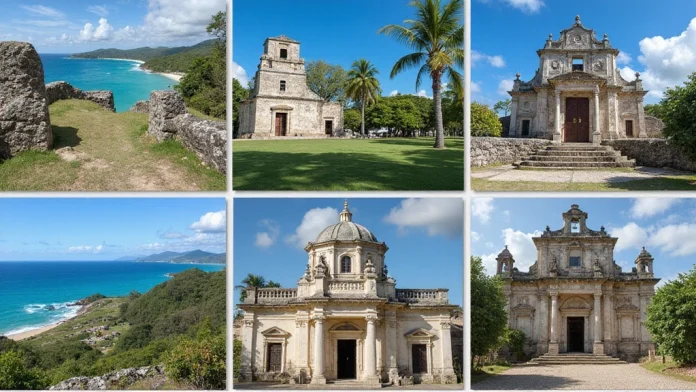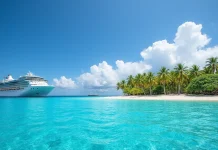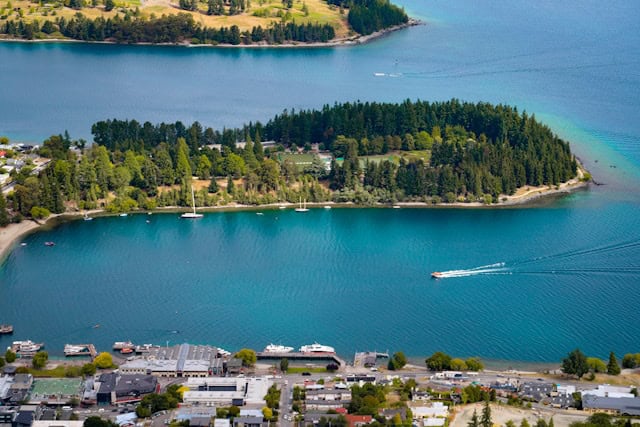10 Breathtaking Historical Sites in the Caribbean You Must Visit Before You Die!
The Caribbean is not just about sun-soaked beaches and turquoise waters; it’s also a treasure chest of historical gems waiting to be uncovered.
From ancient ruins to colonial forts, each site tells a story that enriches the vibrant tapestry of Caribbean culture. These historical sites reflect the complex history of the islands, showcasing their colonial past, indigenous roots, and the resilience of their inhabitants. Whether you’re a history buff or just looking to add depth to your travels, these breathtaking locations promise unforgettable experiences and gorgeous photo opportunities. Embark on a journey through time, and immerse yourself in the rich narratives these places have to offer.
1. The Citadel of La Ferrière, Haiti
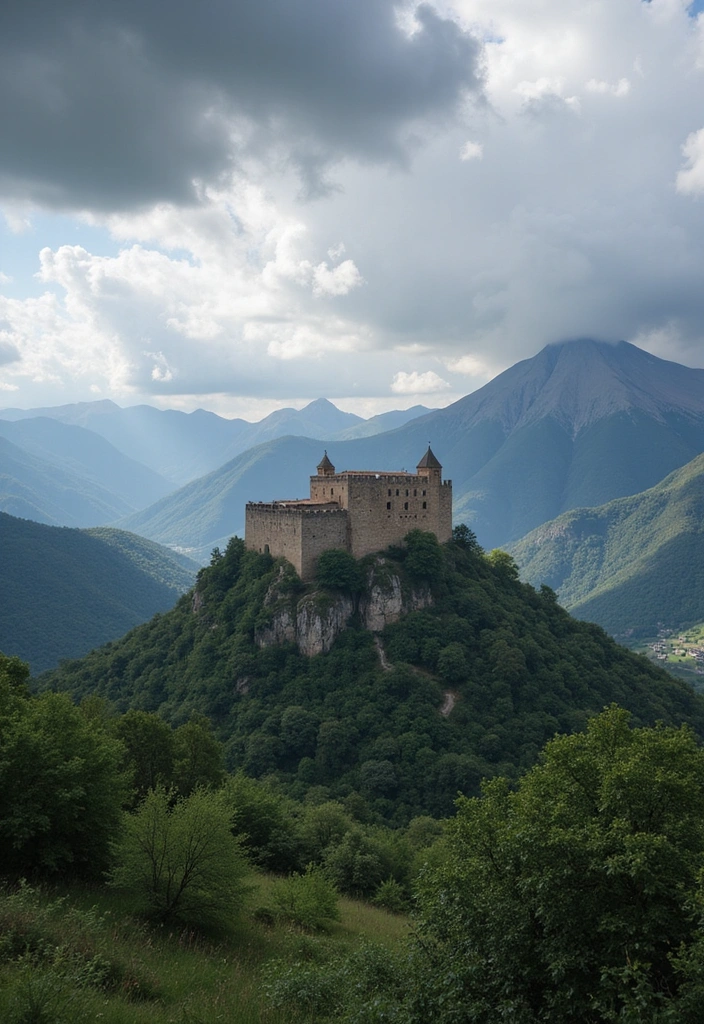
Perched high in the mountains of northern Haiti, The Citadel of La Ferrière is a monument of strength and resilience. Built in the early 19th century by Henri Christophe, the first king of Haiti, this fortress was designed to protect the nation from a potential French invasion. The massive stone walls and imposing towers are breathtaking, making it a must-visit for anyone traveling to the region.
Visitors can hike up the mountain to reach the citadel, where they’ll be rewarded with panoramic views of the surrounding landscape. The historical significance of the site is palpable, as you walk through the ancient corridors and learn about Haiti’s fight for independence. Don’t forget to bring a camera—this spot is perfect for capturing those Instagram-worthy shots!
for Visiting:
– Go early in the morning to avoid crowds.
– Wear comfortable shoes for the hike up.
– Consider hiring a local guide to learn more about the history.
This site not only offers a glimpse into the past but also serves as a symbol of Haiti’s enduring spirit.
2. Brimstone Hill Fortress, St. Kitts
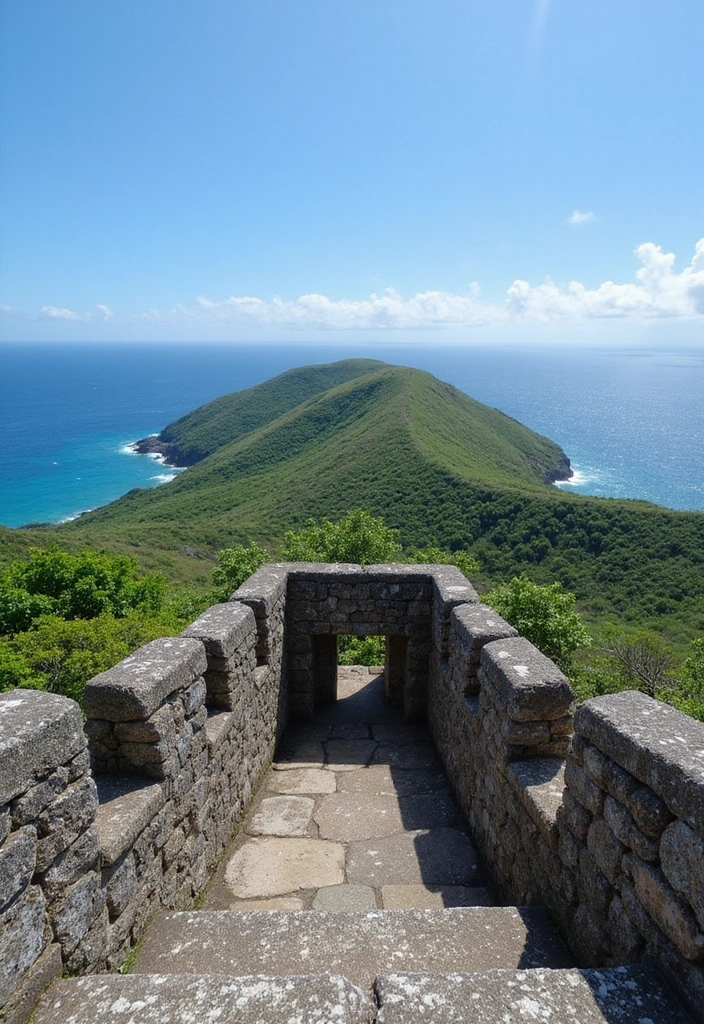
Known as the ‘Gibraltar of the West Indies,’ Brimstone Hill Fortress is a UNESCO World Heritage site that showcases the military architecture of the 17th and 18th centuries. This impressive fortification offers stunning views of St. Kitts and the Caribbean Sea, making it a breathtaking location for history enthusiasts and nature lovers alike.
As you wander through the ruins, you’ll find cannons, old barracks, and a museum that tells the story of the fortress’s construction and its role in the island’s defense. The history here is rich; it was built by enslaved Africans and free Black laborers who demonstrated incredible skill in engineering.
– Don’t miss the view from the top—it’s a photographer’s dream!
– Check for guided tours that provide deeper insights into the site’s history.
– Visit the nearby Figtree Drive for a scenic drive through the island.
Brimstone Hill is not just about history; it’s also a place to reflect on the resilience of those who came before us.
3. Nelson’s Dockyard, Antigua
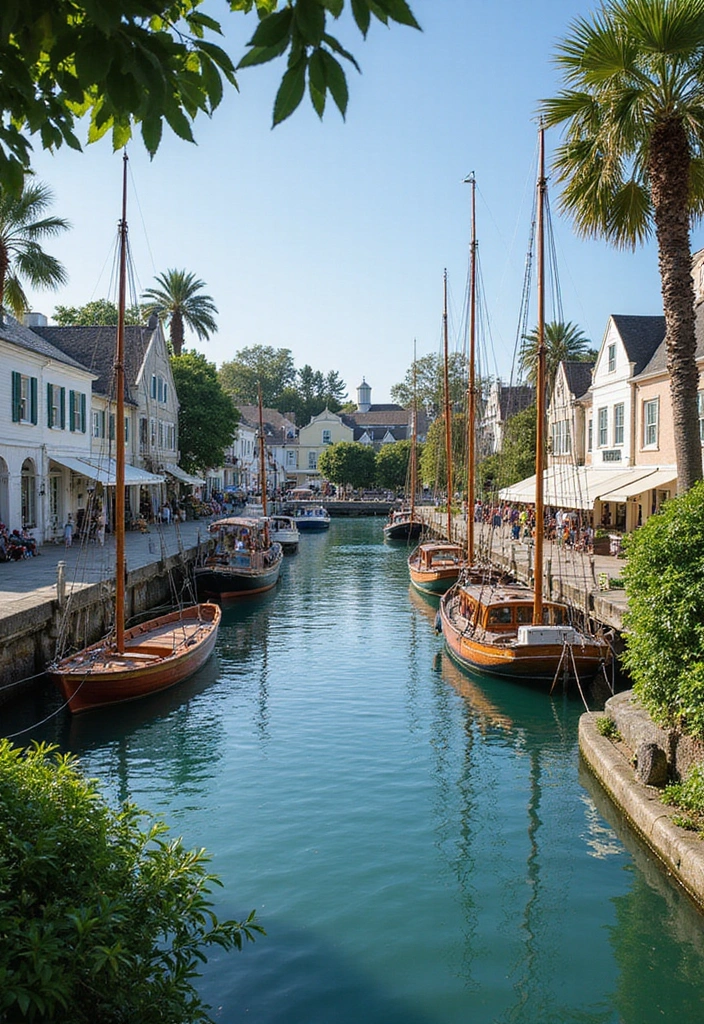
A UNESCO World Heritage site, Nelson’s Dockyard is steeped in maritime history and is a must-see for anyone visiting Antigua. Originally developed in the 18th century as a naval base for the British fleet, this dockyard offers a glimpse into the life of sailors and shipbuilders of that era.
Stroll along the restored buildings that now house shops, galleries, and restaurants, all while absorbing the rich history that surrounds you. The dockyard itself is home to several yachts, making it a bustling and picturesque location.
Engaging Activities:
– Take a guided tour to learn more about Admiral Nelson and the historic significance of the dockyard.
– Explore the hiking trails that lead to nearby Shirley Heights for stunning sunset views.
– Don’t forget to try local Antiguan cuisine at one of the waterfront restaurants.
Nelson’s Dockyard is a perfect blend of history, culture, and breathtaking views, ensuring a memorable visit.
4. The Ruins of Tulum, Mexico
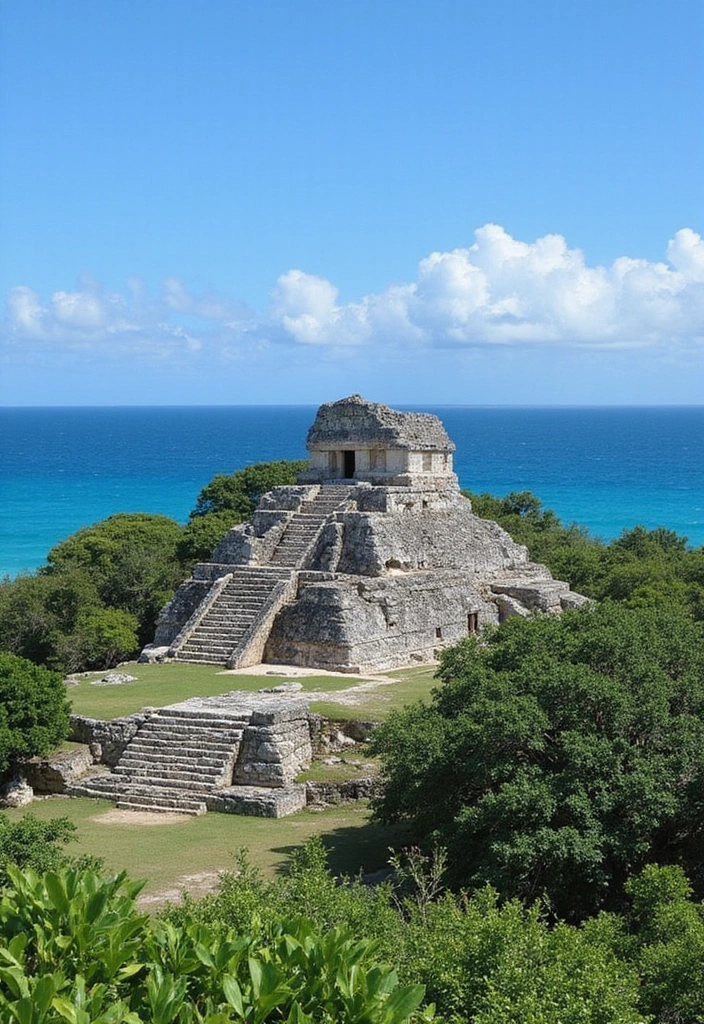
While technically part of Mexico, the ruins of Tulum are a must-see if you’re venturing into the Caribbean. These ancient Mayan ruins sit dramatically on a cliff overlooking the turquoise waters of the Caribbean Sea, making it one of the most picturesque archaeological sites in the world.
Tulum was a significant port city during the Mayan civilization, and its structures are remarkably well-preserved. Visitors can explore the Temple of the Frescoes and the El Castillo, all while soaking in the breathtaking coastal views. The site also offers opportunities for swimming in the nearby cenotes, which adds a refreshing twist to your historical exploration.
Visitor Tips:
– Arrive early to beat the crowds and enjoy the tranquility of the ruins.
– Bring your swimsuit to take a dip in the crystal-clear waters.
– Don’t forget to explore the local artisan shops after your visit.
Combining history with stunning natural beauty, Tulum is a dream destination for history and beach lovers alike.
5. Fort San Felipe del Morro, Puerto Rico
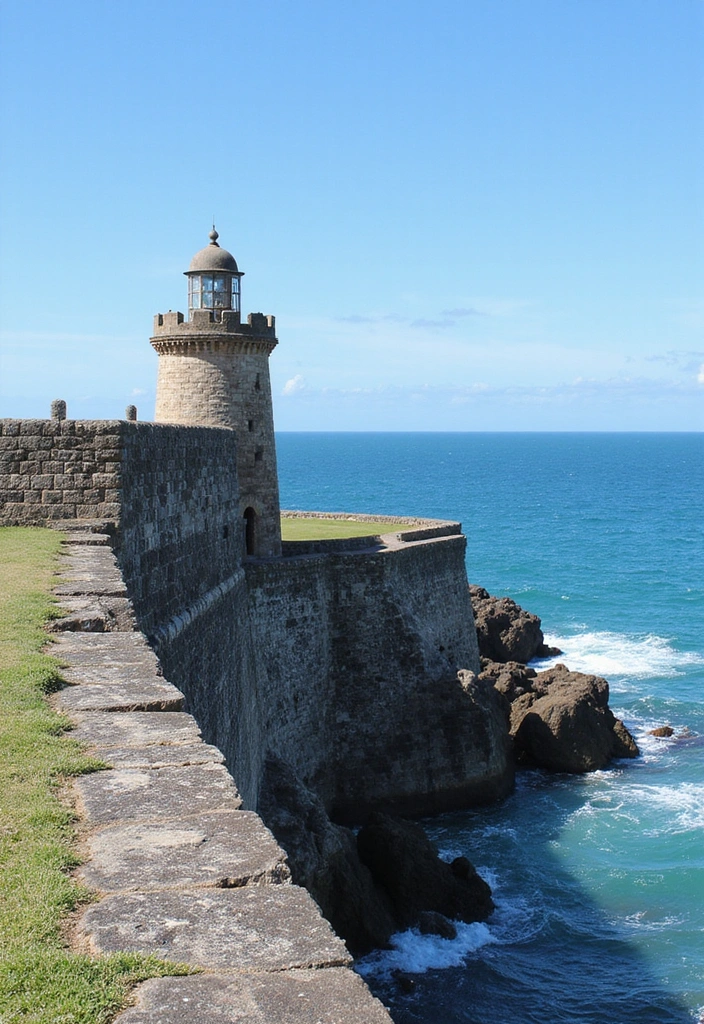
Overlooking the entrance to San Juan Bay, Fort San Felipe del Morro is a fortress that stands as a testament to Puerto Rico’s colonial past. Built by the Spanish in the 16th century, this iconic structure is part of the San Juan National Historic Site and offers panoramic views of the ocean and city.
Visitors can wander through the fort’s thick stone walls, watchtowers, and dungeons to learn about its military significance during the Spanish-American War. The museums inside provide insights into the fort’s history and the life of soldiers stationed there.
Must-See Features:
– Climb to the top of the lighthouse for spectacular views.
– Explore the surrounding gardens and pathways that lead to the shore.
– Attend reenactments or events that often take place on-site to bring history to life.
Fort San Felipe del Morro offers both a deep dive into history and breathtaking vistas, making it a highlight of any trip to Puerto Rico.
6. The Ancient City of Carthage, Tunisia
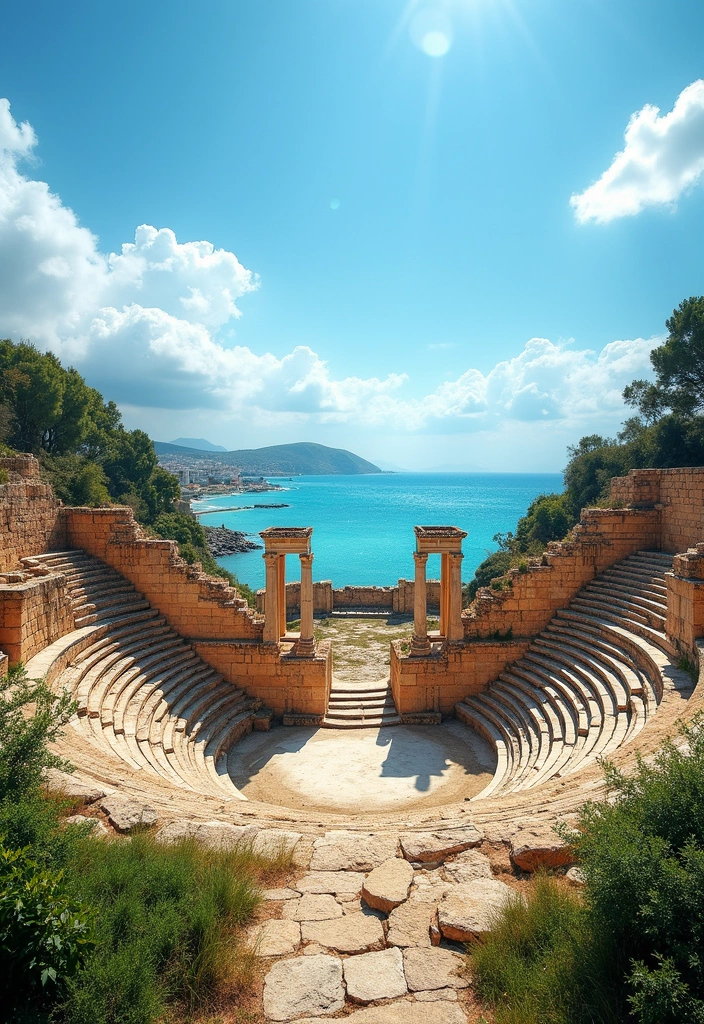
While not traditionally considered part of the Caribbean, the ancient city of Carthage holds immense historical significance and can often be on travelers’ itineraries that touch different maritime routes.
As a former Phoenician city, Carthage was known for its trade dominance and its rivalry with Rome. Visitors can explore the ruins of this once-great city, including the Antonine Baths and the impressive amphitheater. The site offers not just a taste of history, but also a beautiful view of the Mediterranean coastline.
Exploration Tips:
– Allocate time to visit the National Museum of Carthage to understand its rich history further.
– Don’t miss the scenic vistas from the hilltops, perfect for photography enthusiasts.
– Try local Tunisian food in the nearby market to enhance your visit.
Exploring Carthage allows visitors to connect with the past while enjoying the present, making it a worthwhile addition to any historical travel itinerary.
7. The Old Town of Panama City, Panama
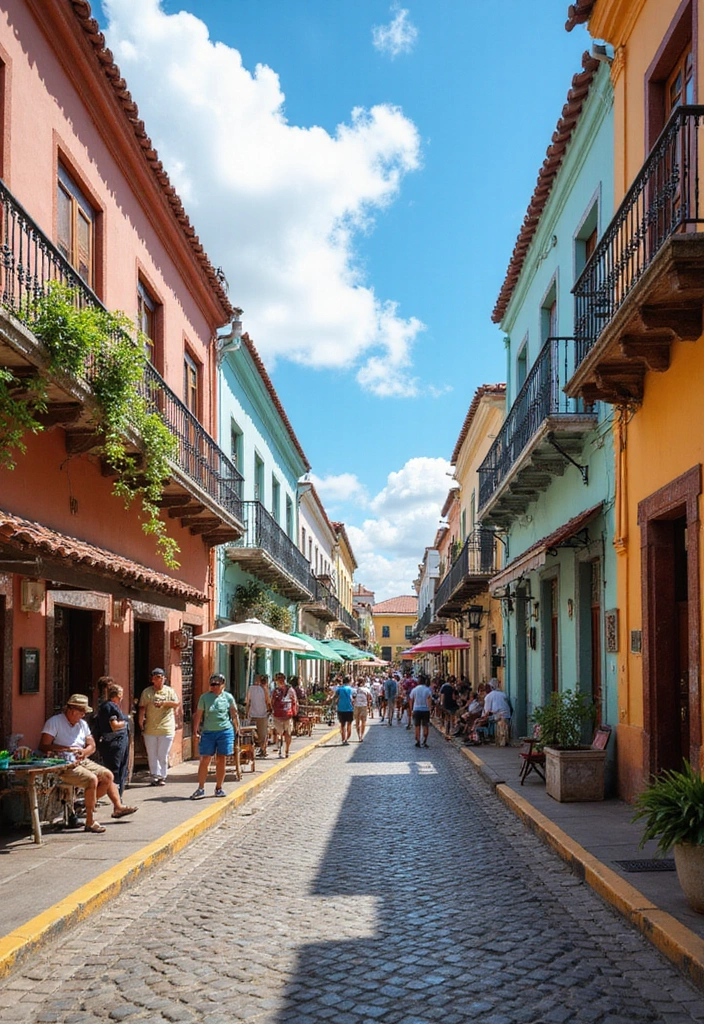
The Old Town of Panama City, known as Casco Viejo, is a UNESCO World Heritage site that showcases a beautiful blend of colonial Spanish architecture and vibrant culture. Founded in 1673, this area is filled with colorful buildings, cobblestone streets, and charming plazas that transport visitors back in time.
As you stroll through Casco Viejo, you’ll find historic churches, forts, and museums that tell the story of Panama’s rich heritage. Enjoy the local cuisine at one of the many restaurants, or relax with a coffee in a quaint café while soaking in the atmosphere.
Highlights:
– Don’t miss the Panama Canal Museum for a deep dive into the country’s history.
– Check out the rooftop bars for sunset views over the bay.
– Take time to interact with local artisans and shop for unique crafts.
Casco Viejo is a vibrant historical hub that seamlessly combines the past with the present, making it a delightful stop on your Caribbean travel adventure.
8. The Great Morass, Jamaica
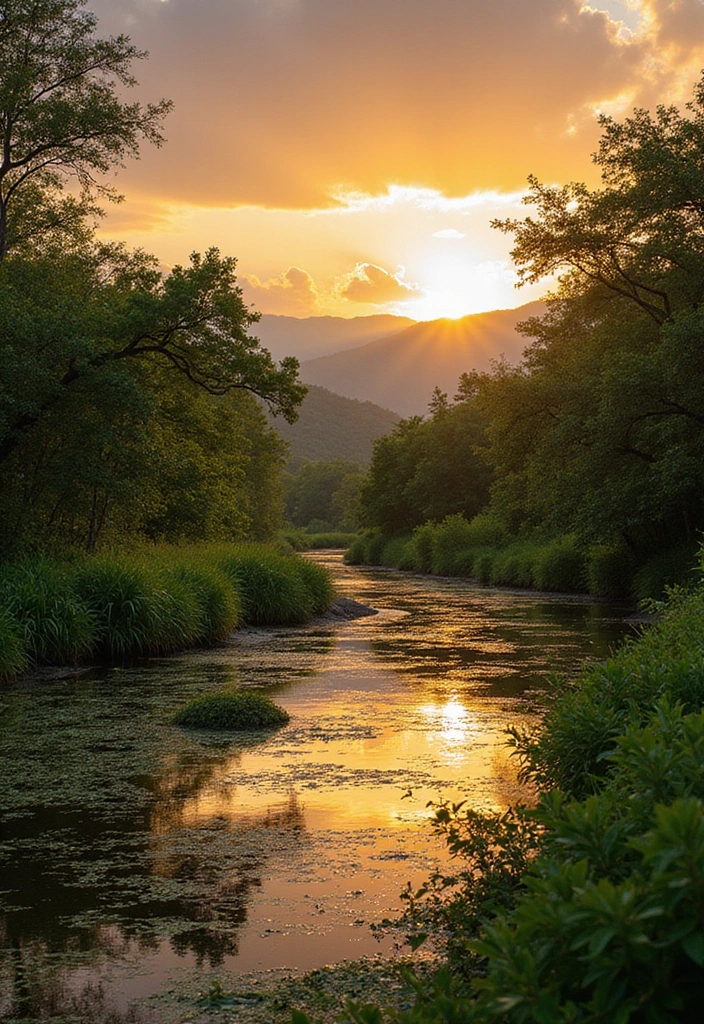
The Great Morass is not only a natural wonder but also a historically rich site that showcases the Caribbean’s ecological and cultural heritage. This vast wetland is home to a variety of wildlife and is of significant importance to the local communities that depend on it for their livelihood.
The area is rich in history, having been a key location for the Maroon communities who fought for their freedom from colonial rule. You can take guided tours to learn more about their culture and legacy while enjoying the stunning landscape.
Visitor Information:
– Bring binoculars for bird-watching opportunities.
– Make sure to dress appropriately for wet conditions when visiting.
– Support local guides who can share insider knowledge on the area’s history.
Visiting the Great Morass offers a unique blend of adventure, education, and appreciation for the Caribbean’s natural beauty and heritage.
9. San Felipe de Barajas Castle, Colombia

This incredible fortress, located in Cartagena, Colombia, is a remarkable example of Spanish military architecture. Built in the 16th century to protect the city from pirates and invaders, San Felipe de Barajas Castle is one of the largest fortifications in the Americas.
Exploring the castle means navigating through tunnels, ramparts, and battlements while enjoying sweeping views of the Caribbean Sea and the colorful city below. The site is not only historic but also brings a sense of adventure as you traverse its various sections.
for Visiting:
– Arrive early to avoid the midday heat and crowds.
– Bring water and wear comfortable shoes for walking.
– Join a guided tour for fascinating stories about its construction and history.
San Felipe de Barajas Castle is a striking symbol of Cartagena’s resilience and an iconic site for history lovers.
10. The Sugar Plantations of Barbados
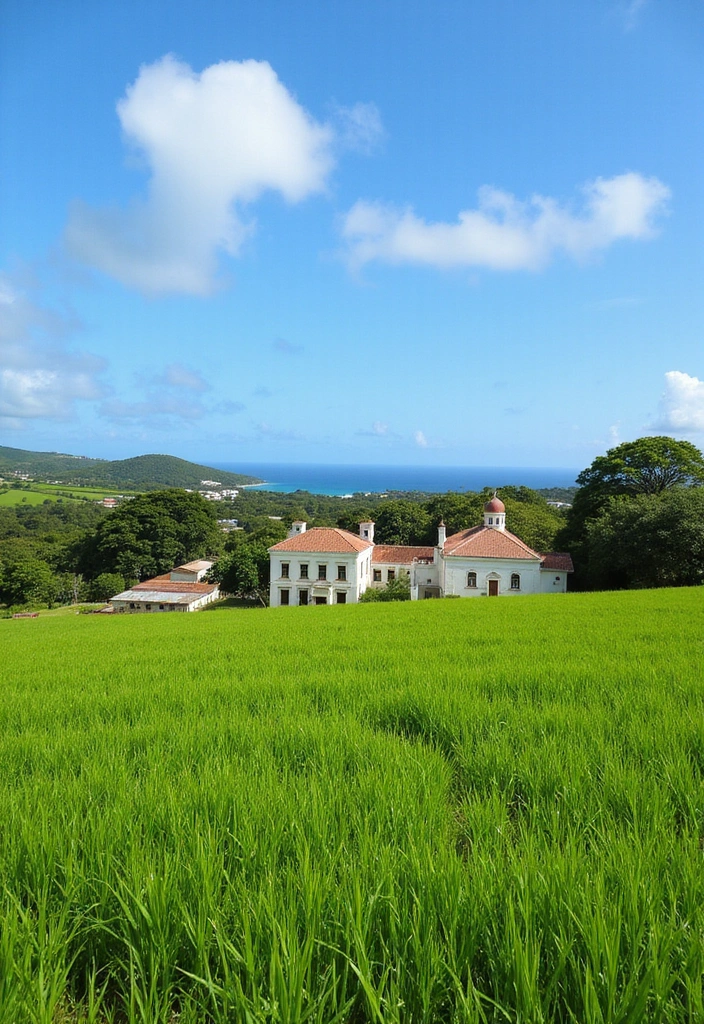
Visiting the sugar plantations of Barbados is like stepping back into a pivotal chapter of Caribbean history. These plantations tell the story of the island’s colonial past, where sugar production played a crucial role in the economy and the lives of enslaved people.
Some plantations have been converted into museums and offer tours that explain the historic processes of sugar production, alongside the harsh realities faced by workers. The breath-taking grounds are perfect for a leisurely stroll, while the museums are packed with artifacts that tell compelling stories.
Don’t Miss:
– Take a guided tour for an in-depth understanding of the plantation era.
– Sample local rum made from sugarcane produced on-site.
– Capture gorgeous landscape photos of the plantation scenery.
Exploring these plantations is not just about learning history; it’s also about understanding the rich culture and heritage of Barbados, making it a meaningful part of your journey.
Conclusion
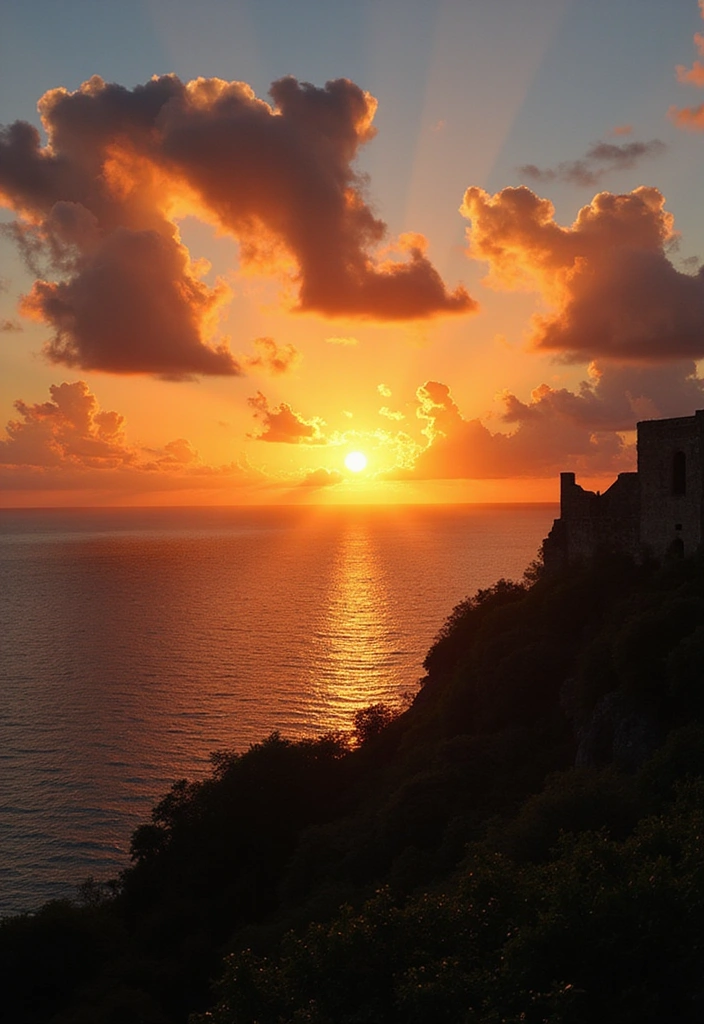
The Caribbean is filled with historical sites that narrate the story of resilience, culture, and heritage. From ancient ruins to colonial forts, exploring these places opens a window to understanding the complex history of the islands.
Each site enhances the travel experience with a unique perspective, inviting you to dive deeper into the stories that shaped this beautiful region. Whether you’re planning a historical tour or just want to soak in some rich culture, make sure to include these breathtaking sites in your travels.



















